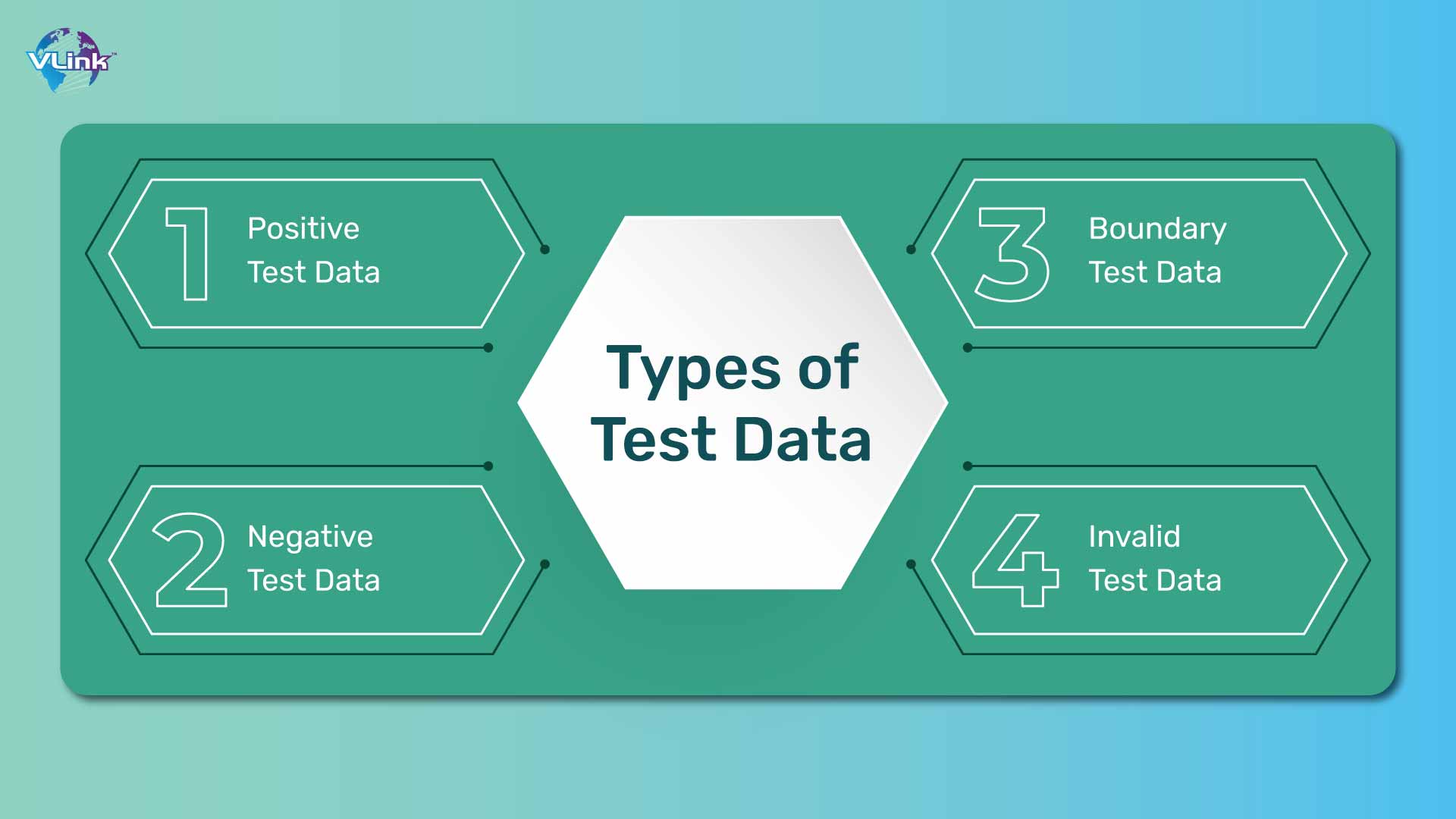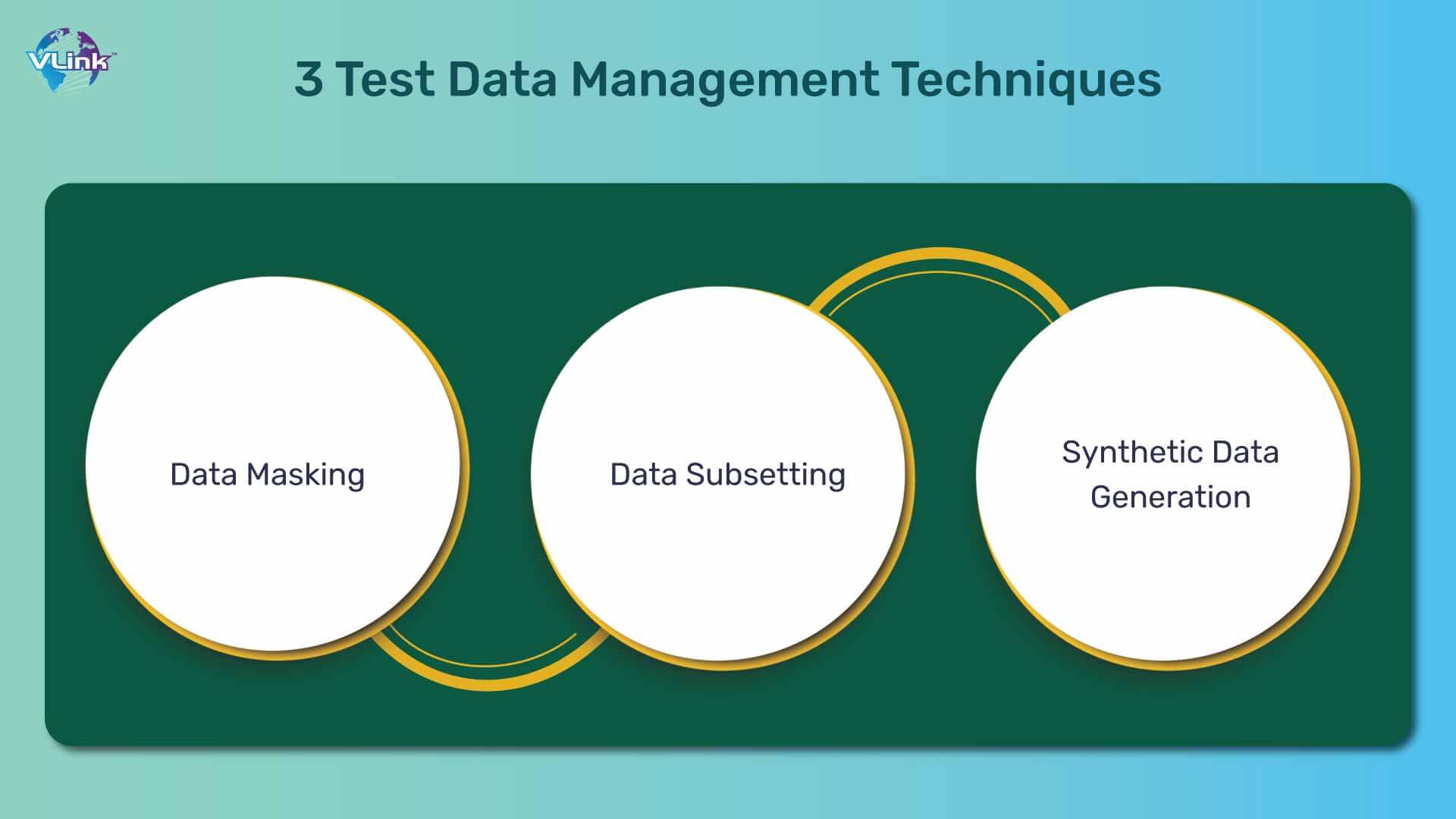Are you finding it difficult to manage and optimize test data for your software testing processes? If your answer is Yes, then you must know everything about test data management including its meaning, importance, types, best practices, and a lot more.
And if you wish to transform your data management process and simplify testing once and for all—then you definitely need to read this blog.
So, let us start right away!
Test Data Management: A Quick Explanation!
Test data management is an important part of software testing and ensures that high quality data is available for your testing processes. So, what does test data management include?
Test data management mainly includes:
Creating test data sets
Maintaining test data sets
Provisioning test data sets
The whole idea of test data management is to minimize risks to the business and offer reliable data for testing. And cross this off your list of potential bugs and ensure software is truly enterprise-ready and scalable.
Plus, test data management also includes data generation, masking, sub-setting and more.
If you have effective test data management, you should optimize testing processes, enhance test coverage, and reduce time-to-market for your products.
In essence, TDM is the best way to maintain error-free test data as well as enhance overall quality of your software testing results.
Types of Test Data

Take a look at some of the common types of test data:
Positive Test Data
This kind of data contains all input variables that are valid and fall within the expected range. It is intended to examine how a system behaves under anticipated as well as normal scenarios.
Say, for instance: valid username (or phone number) and password allow one to log in their account page on an ecommerce site.
Negative Test Data
Negative test data, unlike positive data, is the input value that is incorrect or does not match the mentioned range.
Negative test data is particularly designed to test the system's behavior when users do something beyond the “correct” path expected.
Say, for instance: When someone tries logging in with a username as well as password that is too long.
Boundary Test Data
Boundary test data refers to values at the edges or boundaries of the acceptable input range. These are chosen to check how well the system handles inputs that arrive at its upper and lower boundaries.
Invalid Test Data
Invalid test data refers to data which does not accurately represent the real-world scenarios or conditions which the software will have to confront. It is mostly always due to failures of format, structure, or interpretation.
The Importance of Test Data Management
Regardless of the type, test data management is a crucial part to help ensure software testing processes will run efficiently in future.
It also provides test data which is both adaptive and of high quality. Moreover, TDM also finds errors, defects, and performance issues behind any software apps.
Test data management can also help you ensure data privacy by using techniques such as data anonymization and masking that protect the system from exposing sensitive data during testing.
Efficient testing data management shortens the time-to-market and raises the level of quality of all software products.
To sum up, this is why test data management must become central in your testing process: It balances effort and quality, leaving zero risk on end-users' side.
3 Common Test Data Management Techniques

Take a look at the top three test data management techniques you must be aware of:
Data Masking
When you want to protect sensitive information in non-production environments, you use data masking.
This process replaces, encrypts, or otherwise masks confidential data, but with the format and functionality of the original data.
Without exposing sensitive information, and by replacing it with fictitious data, a sanitized version of the data exists for testing and development purposes.
Most importantly, how data is masked depends almost entirely on the algorithms your QA teams choose. That being said, once it is cloned, there are a plethora of ways to “play” with the data and turn it into a completely new set of data.
Data Subsetting
Data subsetting is a method to create a smaller yet representative subset of a production database in order to be used in testing and development environments.
Here are some exceptional benefits of this method:
Reducing data volume, which is especially important in organizations with massive datasets. Smaller data volumes minimize resource requirements and therefore maintenance.
Data integrity remains intact, as subsetting a dataset does not change the relationships between rows, columns, and any entities within it
Data can be more easily included/excluded based on specific criteria relevant to the team’s testing needs, giving them a higher level of control. This equates to improved efficiency when it comes to data storage, transmission, and processing.

Synthetic Data Generation
Synthetic data generation is the process of producing synthetic data sets that mimic real-world data, without holding any confidential or sensitive information.
This method is generally only used when getting actual information is very difficult (such as financial, medical, and legal data), or when the data is not secure (such as staff personal information).
In these cases, generating completely new sets of data for testing can be more practical.
Synthetic datasets aim to simulate the original dataset as closely as possible. This means that they capture the statistical properties, patterns, and relationships present in the original dataset.
Test Data Management Best Practices Every QA Must Implement
Here are five things you should keep in mind:
Define
The characteristics of the data to be tested should be defined. Test data is the input used for executing test cases and its purpose is to be representative of actual data that the system will process. Define the specific data sets such as customer data, transaction data, and demographic data.
Identify valid and invalid data, what would be the boundary values, actual data volume, specific test environment, and so on, as the first step.
Once the requirements are defined, selecting, or generating data that accurately reflect real-world scenarios becomes quite easier and supports the objectives of the software application.
Automate
There is no denying that the manual step-by-step execution of each of the test data management processes is a cumbersome, error-prone, and time-consuming job that frustrates most test data managers these days. However, once they decide to automate their TDM processes they have a wealth of tools to choose from for quickly and easily handling tasks such as data generation, data masking and much more.
Secure
Testing data must be protected from unauthorized access and measures should be taken to ensure data privacy.
Data masking, encryption and tokenization are a few of the popular techniques that can be used to protect sensitive data. These techniques replace sensitive data with unique identifiers or factious, but realistic looking data that is otherwise meaningless to unauthorized users. In this way, original data can be kept safe and untouched from intruders.
Refresh
Refreshing test data is a must to ensure accuracy and relevancy, while making sure it is always up to date. It also identifies any issues that crop up due to changes in your production environment.
Having a central data repository can help in several ways. Firstly, it ensures that the data are valid and accurately reflects the performance of the product under test. Plus, data becomes accessible, facilitating their review and update. You can also document data properly and can easily trace it back to their source. Refresh even cuts down the likelihood of errors and omissions.
With all these benefits, you can always ensure efficient and effective QA testing services.
Recreate
Here, recreate means recreating the test environment. It has been found to be one of the best test data management practices that allow testing applications with data that closely resembles the real-world scenarios. This is also critical in understanding how a particular application will behave in real-time when it goes live. You can actually save yourself from going against losses and making changes post-deployment of the application.
To begin with, we suggest creating a replica of the production environment and then populating it with realistic data so that it can be used for testing.
Here are the steps you can follow:
Identify from which production data sources most of your information is coming
Extract production data
Transform and load data
Modify data for testing
Test the application

Hire Automation Test Engineers with VLink
VLink provides solutions specifically tailored to companies who are looking for Automation Test Engineers specialized in Test Data Management (TDM).
The professionals our team find for you are experienced in many different automation testing tools, strategies and have a thorough understanding of TDM methods as well.
If you partner with VLink, you will gain access to candidates that can design, write and execute automated test scripts and also expertly control test data.
At VLink, we have set up a stringent screening procedure to make certain the candidate you find meets all requirements for his position.
Streamline your hiring process with VLink; bring in capable Automation Test Engineers who also know TDM to ensure the success of your projects.







 Shivisha Patel
Shivisha Patel

















